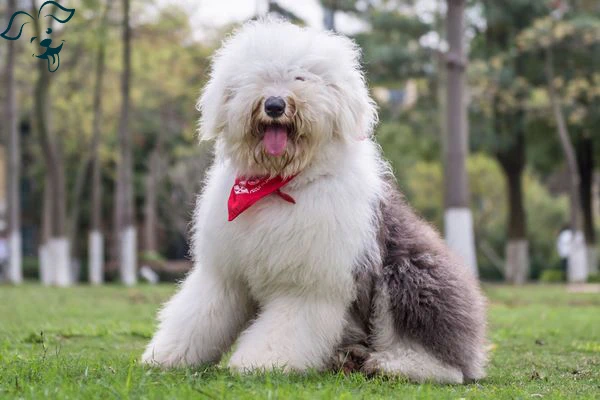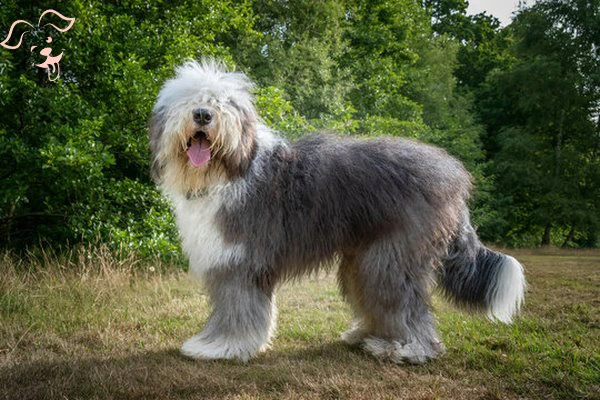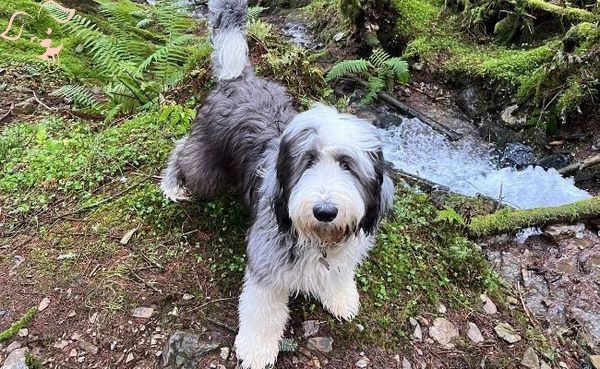CARING WITH FAMILY
|
| The level of affection a dog breed exhibits towards family members or familiar individuals can vary widely. Certain breeds might display a reserved nature offering their devotion and warmth predominantly to their primary caregiver showing little interest in others. Conversely, other breeds are renowned for their gregarious disposition lavishing affection on anyone they recognize with unreserved enthusiasm as if greeting a long-lost friend |
LOVE WITH CHILDREN
Unwise
Good With Children
|
| The built-in capacity of a breed to bear with children’s antics and its overall disposition towards family life is an important attribute. It’s essential to keep a watchful eye on dogs in the presence of young ones, particularly with children who haven't spent much time around these furry companions. |
BEHAVIOR WITH DOGS
Unwise
Good With Other Dogs
|
| The typical sociability of a breed when it comes to mingling with other canines is noteworthy. While it's essential to oversee introductions and interactions among dogs, certain breeds naturally exhibit a higher propensity for friendliness toward their fellow dogs, whether in the comfort of their homes or out in communal spaces. |
SHEDDING LEVELS & MANAGEMENT
No Shedding
Hair Everywhere
|
| The amount of fur and hair that a particular breed is likely to shed can vary. Those breeds that are known for shedding profusely will require more regular grooming sessions with a brush. They also tend to activate specific allergies more often and may lead to a greater need for regular cleaning routines, such as vacuuming and using lint rollers to keep your space tidy. |
COAT GROOMING STANDARDS
|
| The grooming needs of a breed, including bathing frequency, brushing, coat trimming and other maintenance tasks can vary significantly. When evaluating the level of grooming a breed needs, think about the amount of time, the level of patience and the financial resources you're willing to dedicate to this aspect of care. Remember, all breeds will need their nails trimmed on a regular basis. |
DROOLING INTENSITY
Less Likely to Drool
Always Have a Towel
|
| The likelihood of a breed to drool is an important consideration. For those who prefer a tidier environment, breeds that are prone to leaving trails of drool on your arms or large damp patches on your clothing might not be the most suitable companions. |
COAT STYLES GUIDE |
| Silky |
| COAT SPECTRUM |
| Long |
FRIENDLINESS
Reserved
Everyone Is My Best Friend
|
| The natural disposition of a breed towards new people varies. Certain breeds may display a reserved or cautious temperament with strangers no matter the setting, while others are perpetually ready to greet a fresh face with enthusiasm whenever the opportunity arises. |
LIVELINESS
Only When You Want To Play
Non-Stop
|
| The level of a breed’s playfulness, often sustained beyond their puppy years is something to consider. Many breeds retain their zest for engaging in games like tug-of-war or fetch well into adulthood, while others are content to spend most of their days lounging on the sofa by your side. |
VIGILANCE INTENSITY
What's Mine Is Yours
Vigilant
|
| Some breeds have a strong instinct to notify you when unfamiliar faces are nearby. These dogs are more inclined to respond to anything they perceive as a potential threat be it the mailman or a squirrel scampering past the window. Nevertheless, these same breeds often adapt well to strangers entering the home, provided these new individuals are welcomed by their family members. |
ADAPTATION CAPACITY
Lives For Routine
Highly Adaptable
|
| The adaptability of a breed to change is an important trait to consider. This encompasses how well they cope with alterations in living situations, fluctuations in noise levels, weather changes, shifts in daily routines and other everyday life variables. |
OBEDIENCE LEVEL
Self-Willed
Eager to Please
|
| The ease of training your dog and its eagerness to embrace new lessons can differ greatly among breeds. Some dogs have a strong desire to please their owners and take to training readily, while others exhibit a more independent streak preferring to follow their own whims whenever and wherever they choose. |
STAMINA LEVEL
|
| A breed's requirement for physical activity and mental engagement varies greatly. Highly energetic breeds are always on the move keen for new activities. Their days are filled with running, leaping and playful antics. On the flip side, low-energy breeds are the canine equivalent of couch potatoes quite content to laze about and drift into slumber. |
VOCALIZATION
|
| Medium |
LEARNING CURIOSITY LEVEL
Happy to Lounge
Needs a Job or Activity
|
| The necessity for mental exercise to maintain a breed's happiness and well-being differs significantly. Dogs bred for specific functions may need tasks that involve decision-making, problem-solving and concentration. If these intelligent breeds don't receive the cerebral workout they crave, they're likely to invent their own assignments to stay mentally active. Beware, however, as these self-assigned tasks might not align with what you'd consider ideal household behavior. |
| COLORS |
|
Description
|
Registration Code
|
|
Black & White
|
019
|
|
Fawn & White
|
086
|
|
Brown & White
|
063
|
|
Blue Merle
|
050
|
|
Blue
|
037
|
|
Grizzle
|
109
|
|
Gray
|
100
|
|
White
|
199
|
|
Blue Gray
|
300
|
|
Grizzle & White
|
111
|
|
Blue & White
|
045
|
|
Blue Gray & White
|
049
|
|
Blue Merle & White
|
051
|
|
Gray & White
|
105
|
|
| PATTERNS | . |






























FRIENDLINESS
LIVELINESS
VIGILANCE INTENSITY
ADAPTATION CAPACITY